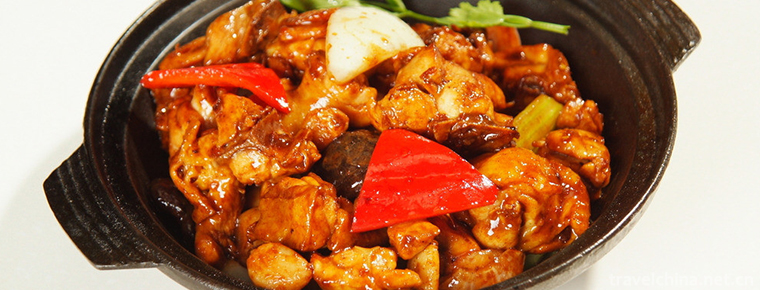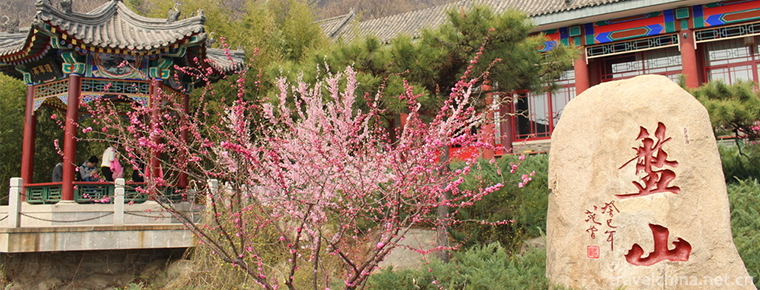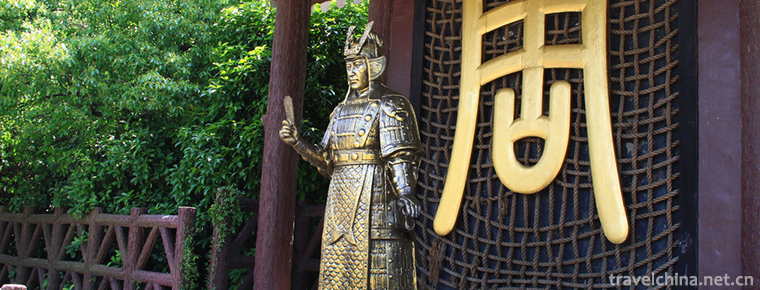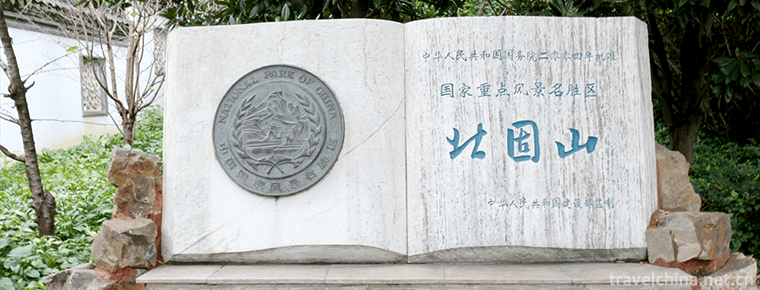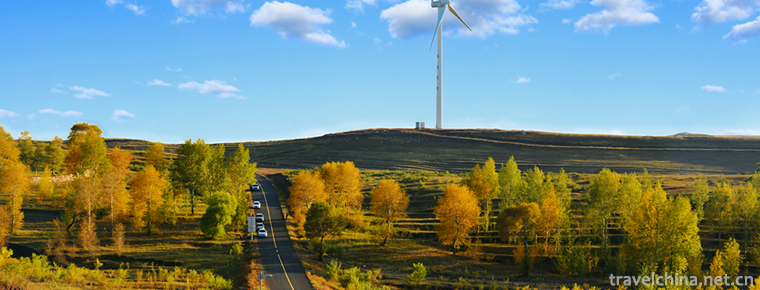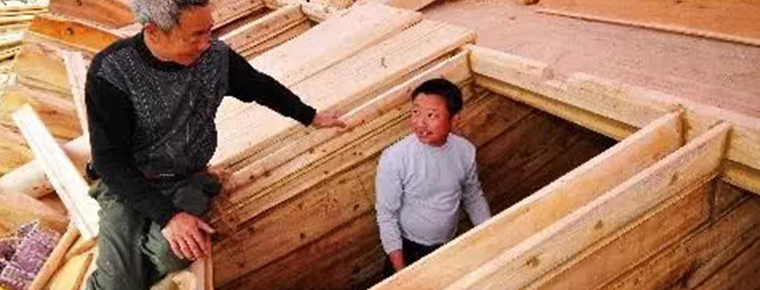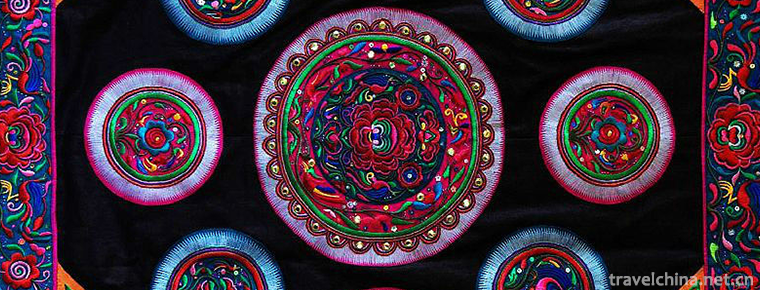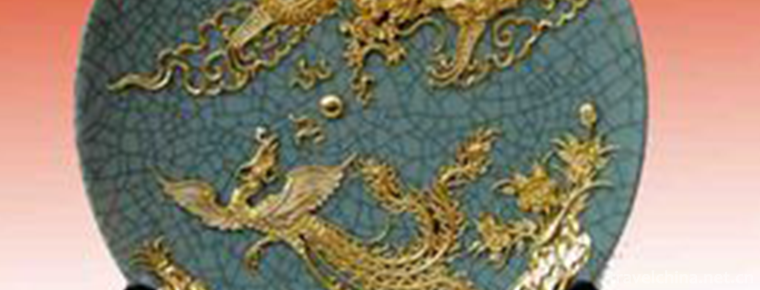Beijing silk flower
Beijing silk flower
Beijing silk flower, one of the traditional handicraft products in Beijing, also known as "Beijing flower", originated in Shenmuchang Street outside Chongwenmen in Ming Dynasty. It is a traditional art form made from silk, silk, satin and other raw materials through chisel, dyeing, gripping and accumulation.
Silk flower originated in Tang Dynasty and has a history of more than 1000 years. According to legend, there was a scar on the left sideburns of Empress Yang, the beloved concubine of Emperor Xuanzong Li Longji in Tang Dynasty. Every day, the palace girls were asked to pick flowers and wear them on the sideburns. But in winter, the flowers fade. A clever palace lady made false flowers out of ribs and silk for her princess. Later, this kind of "headdress flower" spread to the folk, prevailed for a time, and gradually developed into a unique style of handicraft "silk flower".
On June 7, 2008, Beijing silk flowers were listed in the second batch of national intangible cultural heritage list with the approval of the State Council.
Historical origin
Silk Flowers Made of Golden Bells
Beijing silk flower is famous both at home and abroad for its beautiful shape, exquisite workmanship, pleasant color, harmony, softness and vivid image.
According to the Qing Dynasty "Historical Relics of the Old Capital" records: "In Guangxu, there are people with the surname of Jin who make paper potted flowers and vases exquisitely, and people call them flowers and gold. So far, there is no right person with the surname of Jin in this industry." After several generations, the silk flower technique of Beijing was introduced into the Beijing Silk Flower Factory established in 1960 by the old artists such as Huaerjin and Huaerliu. Since then, the silk flower of Beijing has been sold well in more than 50 countries and regions in the world. In the largest Dutch flower market in the world, the silk flower of Beijing is juxtaposed with the fresh flowers and is in contention with each other. A basin of "10 Zhang Pearl Curtain" chrysanthemum produced by Jin Yulin, the fourth generation heir of "Huaer Jin", won the gold and silver prizes in the national arts and crafts hundred flower award industry evaluation. However, with the closure of Beijing Silk Flower Factory, only a few people have mastered silk flower skills, and the inheritance is facing a crisis. At that time, silk flower factories were mainly planned economy. Because of insufficient research on foreign markets and lack of grasp of changes in the international market, silk flower suddenly became unsalable since the 1990s.
The silk flowers made by famous artists in Beijing have won prizes at Panama World Expo. Nowadays, varieties have developed from dozens to more than 2000, including drama flowers, flower fibers, flower baskets, bonsai and so on. The production process of silk flower is: material selection, sizing, dyeing, pit petal, drying, setting, sticking, branching and other processes.
Silk flower culture
Beijing silk flower is made of high-grade pure silk, which can be divided into two categories: silk branch flower and silk potted flower.
Silk flower making
There are more than 8000 varieties. The pattern of silk branch varies from one type to another. The peony of the king of flowers is as beautiful as smoke; the rose of the queen in flowers is charming and beautiful; the autumn chrysanthemum with pride frost and fragrance is elegant and elegant; the Rhododendron in full bloom brings people into the mood of "a pile of spring smoke covered with red snow".
Silk flower, also known as "Jinghua Er", has a long history. According to legend, there is a scar on the left temple corner of Empress Yang, the favorite concubine of Emperor Xuanzong Li Longji in Tang Dynasty. Every day, the palace girls pick flowers and wear them on the temple corner. But in winter, the flowers fade. A clever palace lady made false flowers out of ribs and silk for her princess. Later, this kind of "headdress flower" spread to the folk, prevailed for a time, and gradually developed into a unique style of handicraft "silk flower". The picture of hairpin flowers and ladies by Zhou Fang, a famous painter in Tang Dynasty, vividly depicts the scene of women wearing flowers at that time. The silk flowers in Beijing began in the Ming Dynasty. By the Qing Dynasty, silk flowers were more prevalent. There were various workshops set up by the Imperial Palace in the Qing Dynasty, specializing in producing various kinds of flowers for banquets and decorations, such as silk, silk, paper, grass and rice. Liu Hengyuan, a famous folk artist in the Qing Dynasty, made the silk flower "Huaer Liu", which won an award at Panama World Expo.
The Waihua Street in Chongwenmen, Beijing, was the gathering place for the production and sale of "Jinghua'er" at that time. More than 100 years ago, there were numerous flower-making workshops and famous flower-making teachers gathered here. "Yan Jing Sui Shi Ji" contains: "From the first month of Chongwenmen to the east, there are markets on the fourth, fourteenth and twenty-fourth day of junior high school. The so-called flower market is a paper flower put on by women, which is also a flower from time to time. Flowers can be mixed up with grass, silk, twigs and wrestling. In the month of Mengchun in Beijing, children cut colorful flowers or insects and so on. They clamoured day by day, that is, the so-called "costume" in ancient times is also the origin of silk flowers.
Inheritance significance
In 2007, Beijing silk flower was listed in the second batch of Beijing intangible cultural heritage list. In 2008, Beijing silk flowers were selected into the Second National List of intangible cultural heritage with the approval of the State Council. In 2009, Jintieling was named the representative successor of national non-heritage projects. In 2010, Xu Wenjing was named the representative successor of district-level non-heritage projects.
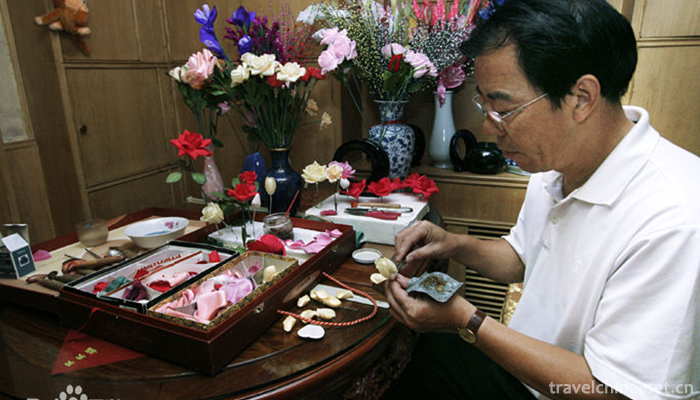
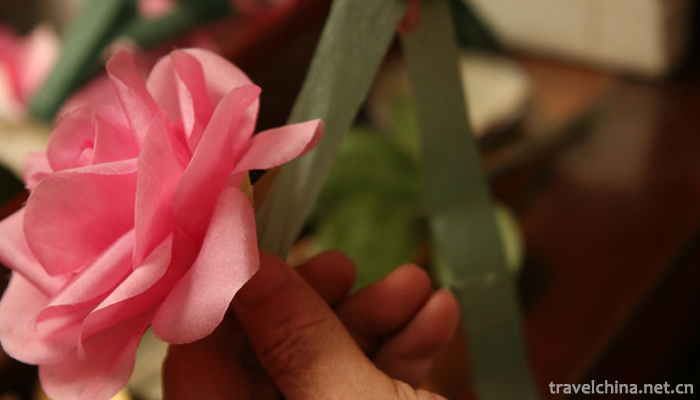
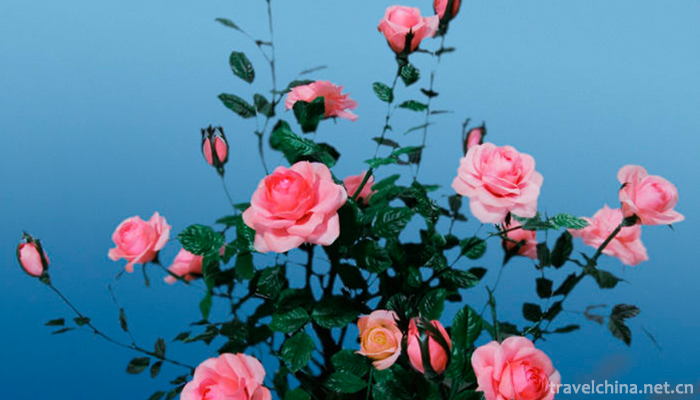
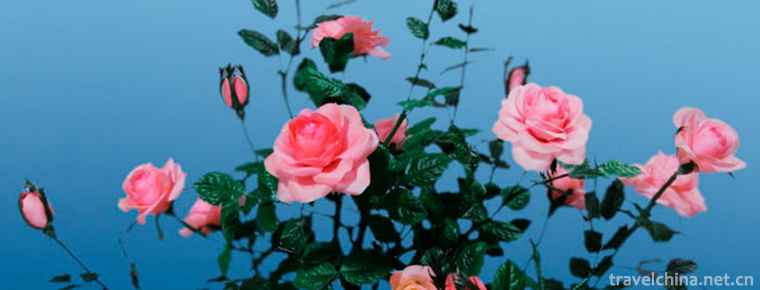
Beijing silk flower
-
Cantonese preserved rice
Cantonese sausage cooked rice is made from sausage, liver sausage, bacon, bacon cake, bacon duck, onion or coriander.
Views: 558 Time 2018-11-02 -
Tianjin Panshan Scenic Area
Tianjin Panshan Scenic Area, located 15 kilometers northwest of Jixian County, Tianjin City, covers an area of 106 square kilometers
Views: 225 Time 2018-11-24 -
Wuxi film and television base
The Wuxi Film and Television Base of CCTV was originally built by CCTV to shoot "Tang Ming Huang", "Romance of the Three Kingdoms" and "Water Margin"
Views: 228 Time 2018-12-06 -
Beigushan HillBeigu Mountain
Beigu Mountain, one of the three scenic spots in Zhenjiang, overlooks Beigu, pillows the river, rocky walls, and the mountain is dangerous, so it is named Beigu Mountain
Views: 171 Time 2018-12-06 -
Zhangjiakou Zhangbei Grassland
Zhangbei grassland is located in Zhangbei County, 70 kilometers northwest of Zhangjiakou. It consists of two grasslands, Zhongdu and Angoli. In Zhangbei grassland, you can ride horses and shoot arrows
Views: 216 Time 2019-03-10 -
Traditional Wooden Ship Manufacturing Techniques
Fuyang has a long history of shipbuilding. As early as the Tang Dynasty, water transportation was glorious. Fuyang Lingqiao wooden boats are mainly distributed in towns along the Fuyang River, especia
Views: 358 Time 2019-04-21 -
Dong embroidery
Dong embroidery is an important branch of Chinese minority embroidery, which uses a needle to puncture and attaches various colored silk or cotton threads to the surface of the fabric to form various
Views: 146 Time 2019-04-27 -
River chant
River chant is a traditional folk song spread in the Yellow River and the Yangtze River valley. In ancient times, when people were fighting with nature, they shouted; when harvesting
Views: 131 Time 2019-05-05 -
Xiamen lacquer line carving skills
Xiamen lacquer line carving technique is to use old brick powder, large paint and cooked tung oil as raw materials to mix, repeatedly beat into soft and resilient clay (commonly known as "lacquer
Views: 103 Time 2019-06-12 -
Yuhang Rolling Lamp
Yuhang Rolling Lamp is a kind of Han folk dance which combines athletics, martial arts and dance. It is made of bamboo pieces of large sphere as the main props, in the center of the sphere of bamboo k
Views: 165 Time 2019-07-14 -
Huanglian earth forest
Huanglian earth forest, namely the earth forest in huanglianguan Town, is a geomorphic landscape developed on a set of ice water freeze-thaw debris flow deposits. Huanglian earth forest is located in huanglianguan Town
Views: 173 Time 2020-10-16 -
Guangan highway
Guang'an is the transportation hub of Northeast Sichuan Province. The national highway 210, 212, 305 and 318, provincial roads 203, 304 and 18, and county, township and village roads crisscross each other, and the highway network exte
Views: 157 Time 2020-12-19
